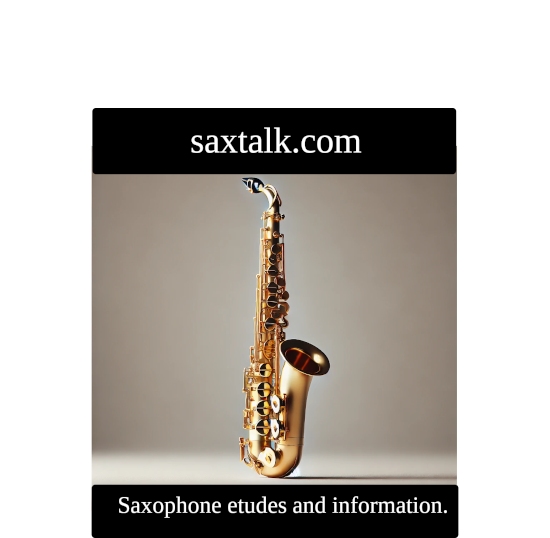The first 2 chords of the rhythm changes in all keys
What are the first 2 chords of the rhythm changes in all keys?
The rhythm changes are a chord progression that originated from George Gershwin's song "I Got Rhythm." This progression is a staple in the jazz repertoire and is often used as a framework for improvisation and arrangement in various keys. The first two chords of the rhythm changes are typically a major chord followed by a dominant seventh chord a whole step below the original major chord's root.
Here are the first two chords of the rhythm changes in all 12 keys:
- C Key: C major (C) - A7 (A dominant 7)
- Db Key: Db major (Db) - Bb7 (Bb dominant 7)
- D Key: D major (D) - B7 (B dominant 7)
- Eb Key: Eb major (Eb) - C7 (C dominant 7)
- E Key: E major (E) - Db7 (Db dominant 7)
- F Key: F major (F) - D7 (D dominant 7)
- Gb Key: Gb major (Gb) - Eb7 (Eb dominant 7)
- G Key: G major (G) - E7 (E dominant 7)
- Ab Key: Ab major (Ab) - F7 (F dominant 7)
- A Key: A major (A) - Gb7 (Gb dominant 7)
- Bb Key: Bb major (Bb) - G7 (G dominant 7)
- B Key: B major (B) - Ab7 (Ab dominant 7)
These chords provide the harmonic foundation for the first part of the A sections in the rhythm changes structure. The progression typically moves through these chords in a quick and lively manner, offering a harmonic playground for improvisers and composers alike.
